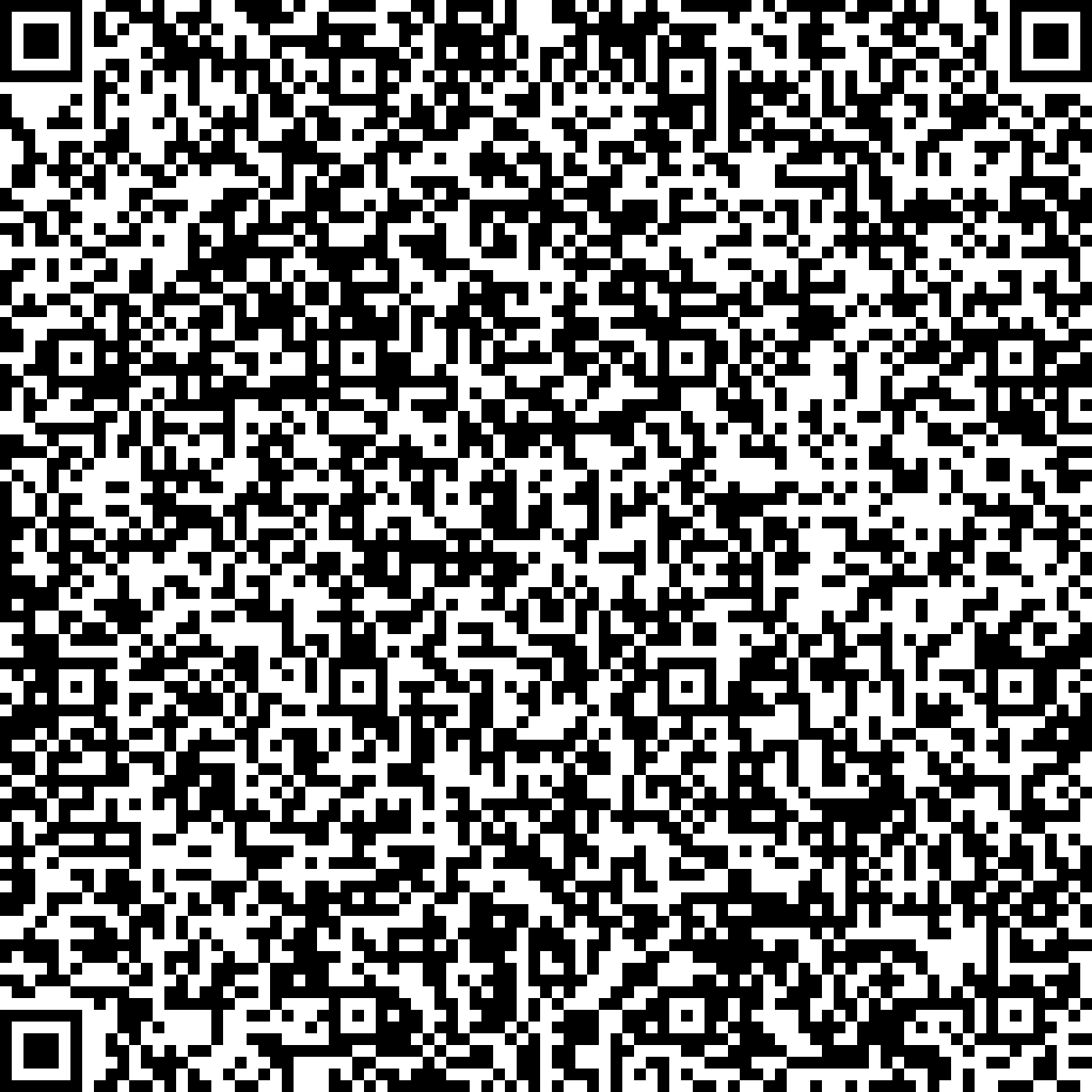


Drying colloidal dispersions are encountered in many technologies, including painting, inkjet printing, and manufacturing polymer LED displays. In these applications, colloidal nanoparticles (NPs) are typically initially dispersed in a liquid solvent such as water, which then evaporates, leaving behind a dried residue of NPs. We aim at understanding the structure formation of supraparticles made from spherical, rod-shaped NPs and their mixtures. In conjunction with experiments, we performed particle-based simulations to better understand the ordering of the confined NPs during drying. Simulations were performed at various evaporation rates using both implicit and explicit solvents to probe the role of hydrodynamic interactions. We observed in drying droplets containing bidisperse spheres, that the smaller species accumulated in the shell of the resulting supraparticles followed by a homogeneously mixed core-region of small and big NPs. When examining supraparticles created from pure rod suspensions, we observed long-range orientational order of the anisotropic NPs on the supraparticle surface during slow drying compared to fast drying, regardless of the aspect ratio being investigated. For supraparticless created from a mixture of rods and spheres, we observed the rods forming a thin shell around a uniformly distributed core of both rods and spheres.
From 2004 to 2010, Arash Nikoubashman studied physics and computer science at the University of Düsseldorf, and then moved to Vienna to pursue a PhD at the Vienna University of Technology under the supervision of Prof. Gerhard Kahl and Prof. Christos Likos. After obtaining his PhD in 2012, he became a postdoctoral research fellow in the group of Prof. Athanassios Panagiotopoulos at Princeton University. In 2015, he returned to Germany with an Emmy-Noether Fellowship and started his own independent research group at the University of Mainz. Since 2019, he is a Guest Associate Professor at the Keio University in Japan. In 2023, he became a Heisenberg Professor at the Leibniz-Institute for Polymer Research Dresden and the Technical University of Dresden, where he is leading the Research Division "Theory of Biologically Inspired Polymers".



Drying colloidal dispersions are encountered in many technologies, including painting, inkjet printing, and manufacturing polymer LED displays. In these applications, colloidal nanoparticles (NPs) are typically initially dispersed in a liquid solvent such as water, which then evaporates, leaving behind a dried residue of NPs. We aim at understanding the structure formation of supraparticles made from spherical, rod-shaped NPs and their mixtures. In conjunction with experiments, we performed particle-based simulations to better understand the ordering of the confined NPs during drying. Simulations were performed at various evaporation rates using both implicit and explicit solvents to probe the role of hydrodynamic interactions. We observed in drying droplets containing bidisperse spheres, that the smaller species accumulated in the shell of the resulting supraparticles followed by a homogeneously mixed core-region of small and big NPs. When examining supraparticles created from pure rod suspensions, we observed long-range orientational order of the anisotropic NPs on the supraparticle surface during slow drying compared to fast drying, regardless of the aspect ratio being investigated. For supraparticless created from a mixture of rods and spheres, we observed the rods forming a thin shell around a uniformly distributed core of both rods and spheres.
From 2004 to 2010, Arash Nikoubashman studied physics and computer science at the University of Düsseldorf, and then moved to Vienna to pursue a PhD at the Vienna University of Technology under the supervision of Prof. Gerhard Kahl and Prof. Christos Likos. After obtaining his PhD in 2012, he became a postdoctoral research fellow in the group of Prof. Athanassios Panagiotopoulos at Princeton University. In 2015, he returned to Germany with an Emmy-Noether Fellowship and started his own independent research group at the University of Mainz. Since 2019, he is a Guest Associate Professor at the Keio University in Japan. In 2023, he became a Heisenberg Professor at the Leibniz-Institute for Polymer Research Dresden and the Technical University of Dresden, where he is leading the Research Division "Theory of Biologically Inspired Polymers".